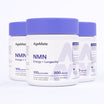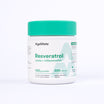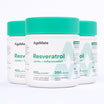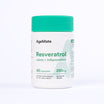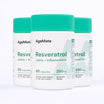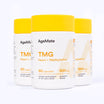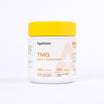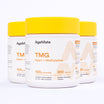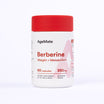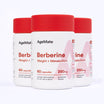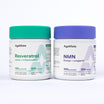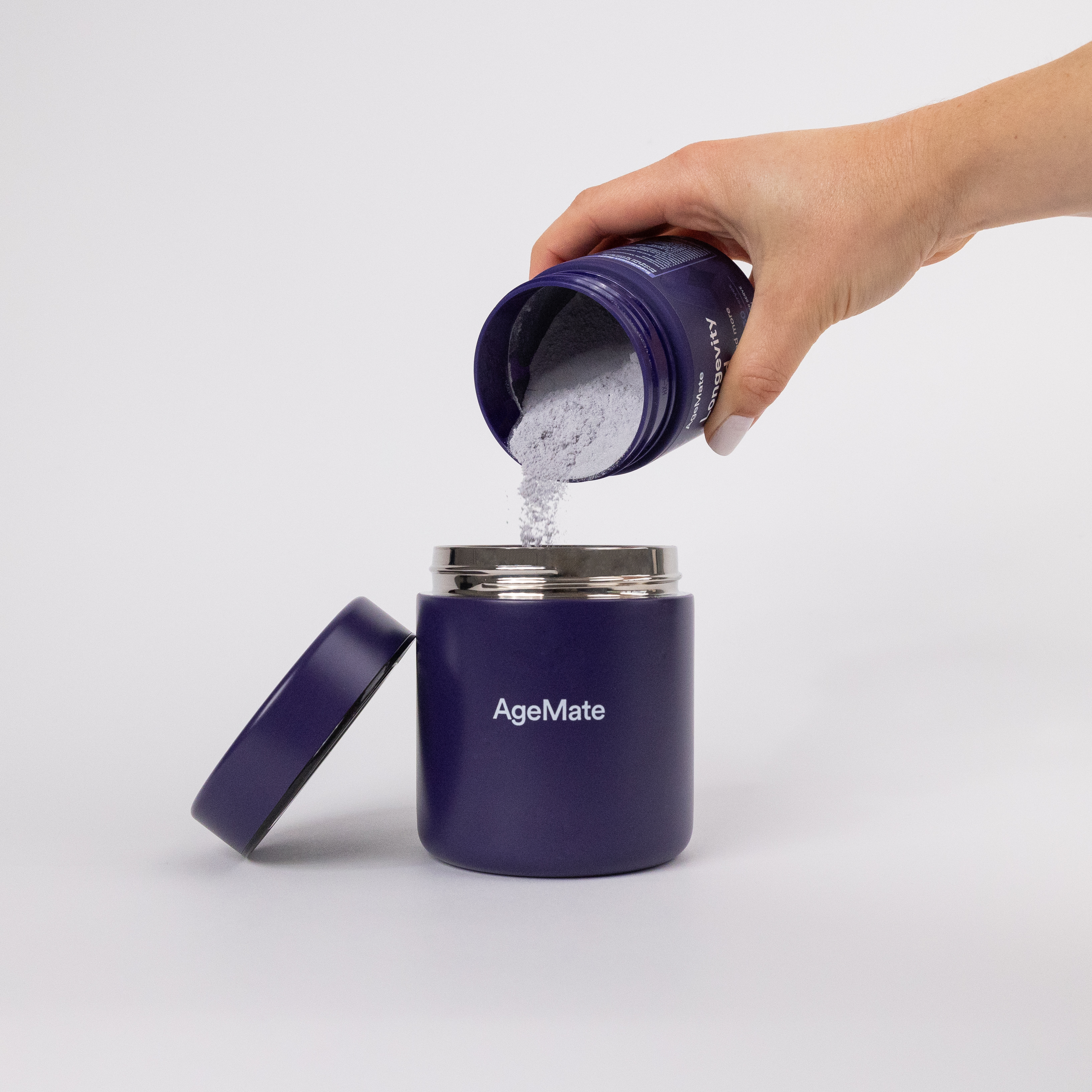|
Key Points:
|
__________________________
NAD+ is essential for energy production and the regulation of critical cellular processes. Here’s why it’s important, how it was discovered, and how you can increase its levels to maintain your health.
What is NAD+?
NAD+ stands for nicotinamide adenine dinucleotide, a crucial coenzyme found in every cell that is involved in hundreds of metabolic processes, including cellular energy production and mitochondrial health. NAD+ functions are not limited to humans; they are also found in other mammals, yeast, bacteria, and plants (R).

Historical Discovery
Scientists first identified NAD+ in 1906. Over time, our understanding of its importance has grown. For example, in the early 1900s, niacin, a precursor to NAD+, was found to prevent pellagra, a fatal disease in the American South. Foods rich in NAD+ precursors, like milk and yeast, alleviated symptoms. This led to the discovery of other NAD+ precursors, such as nicotinic acid, nicotinamide, and nicotinamide riboside (R).
Recent Research Focus
In recent years, NAD+ has become a central focus in scientific research due to its significant role in numerous biological functions. Researchers are exploring how NAD+ benefits observed in animals can be applied to humans. As a coenzyme, NAD+ binds to other enzymes to facilitate critical molecular reactions. However, the body’s supply of NAD+ declines with age, prompting increased interest in ways to maintain and boost NAD+ levels (R).

The Evolution of NAD+ Understanding
Early Discoveries
NAD+ was first discovered by Sir Arthur Harden and William John Young in 1906 during their study of fermentation. In 1929, Harden and Hans von Euler-Chelpin were awarded the Nobel Prize in Chemistry for their work on fermentation, where Euler-Chelpin discovered that NAD+ consists of two nucleotides. This discovery highlighted NAD+’s crucial role in metabolic processes (R).
Progress in the 20th Century
In the 1930s, Otto Heinrich Warburg advanced the understanding of NAD+ in metabolic reactions. Chemists Conrad A. Elvehjem and C.K. Koehn identified nicotinic acid as a key NAD+ precursor necessary to prevent pellagra. This discovery led to the global fortification of flour and rice with nicotinic acid.
In the 1940s, Arthur Kornberg discovered NAD synthetase, the enzyme that synthesizes NAD+. In 1958, Jack Preiss and Philip Handler defined the Preiss-Handler pathway, demonstrating how nicotinic acid converts to NAD+. This pathway clarified NAD+’s dietary role and earned Handler the National Medal of Science for his contributions to biomedical research (R).
Advances in Scientific Understanding
Our understanding of NAD+’s importance has significantly evolved since the 1960s. French scientist Pierre Chambon discovered Poly ADP-ribosylation, a process where NAD+ breaks down into nicotinamide and ADP-ribose, which then binds to proteins. This research laid the foundation for studying PARPs (poly ADP-ribose polymerases), proteins dependent on NAD+ for cellular functions.
In the 1970s, sirtuins were discovered, known as “guardians of the genome” for their role in maintaining cellular balance. In the 1990s, Leonard Guarente found that the sirtuin SIR2 in yeast extended its lifespan only when activated by NAD+. This discovery linked sirtuins to metabolism and revealed the interconnectedness of biological processes (R).
Increasing NAD+ Levels
Methods to Boost NAD+
Several methods can help maintain or increase NAD+ levels, but only supplementation with NAD+ precursors has been proven in clinical studies to do so safely and sustainably. Precursors like NR and NMN are key ingredients in supplements designed to boost NAD+ levels (R, R).
Clinical Evidence
Clinical trials support the use of NR and NMN. For instance, a clinical trial published in Nature Partner Journals: Aging and Mechanisms of Disease showed that a supplement increased NAD+ in whole blood by up to 40% (R). Another study published in Frontiers in Nutrition found that daily supplementation of 250mg of NMN increased NAD+ levels by about 40% in adults (R). Both studies demonstrated that the outcomes were achieved safely and maintained for the duration of the trials.

Exercise and Diet
Exercise might also help maintain NAD+ levels. A study in Nature Aging found that adults who exercised rigorously had NAD+ levels similar to young adults, particularly in muscle tissue (R). Additionally, certain foods contain NAD+ precursors. Vegetables like broccoli, cucumber, and cabbage, as well as some fruits, contain small amounts of NMN. NR is found in milk, but in concentrations too low to replace the NAD+ lost with age.

The Future of NAD+: Potential and Ongoing Research
For nearly a century, NAD+ has been recognized as incredibly important, but only recent scientific advancements have begun to reveal its potential applications. Understanding NAD+’s history and its role has paved the way for exciting future research into how this crucial molecule can be utilized to promote health and longevity.
Conclusion
Understanding and maintaining NAD+ levels is essential for cellular health and overall wellbeing. As research continues to uncover the benefits and applications of NAD+, we can look forward to more effective ways to enhance our health and longevity through this vital molecule.
Supporting your NAD+ levels naturally could be your most important step towards healthy ageing. Consider our Longevity Blend, designed to provide the right nutrients for sustained energy and longevity.



